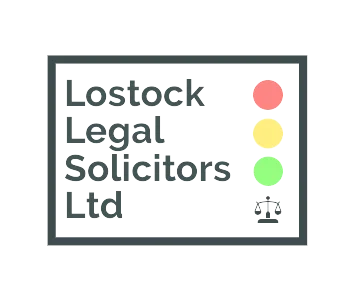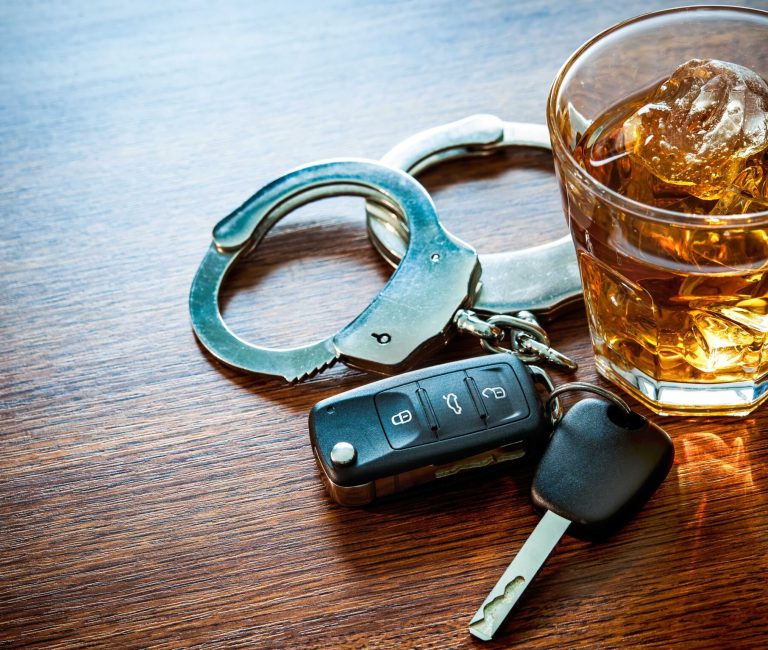Public Order Offences

Public Order Offences Explained
Public order offences cover a range of behaviours that can occur in public spaces, often during protests, confrontations, or large gatherings. These offences are primarily dealt with under the Public Order Act 1986 and related legislation. Below is a summary of key offences and how they are defined under the law:
Riot – Section 1 Public Order Act 1986
A person may be guilty of riot if 12 or more individuals use or threaten unlawful violence for a common purpose and their collective conduct would cause a person of reasonable firmness to fear for their safety. This is among the most serious public order offences and typically results in Crown Court proceedings.
- Maximum sentence: Up to 10 years’ imprisonment and/or an unlimited fine
Violent Disorder – Section 2
Violent disorder involves three or more people using or threatening unlawful violence. Unlike riot, the offence does not require a common purpose, but the behaviour must still be such that it would cause fear to an ordinary person witnessing the event.
- Maximum sentence: Up to 5 years’ imprisonment and/or a fine
Affray – Section 3
Affray can be committed by a minimum of two people and occurs when unlawful violence is used or threatened, causing a person of reasonable firmness present at the scene to fear for their safety. Unlike riot or violent disorder, affray can be committed in private as well as public places.
- Maximum sentence: Up to 3 years’ imprisonment and/or a fine
Threatening Behaviour – Section 4
It is an offence under Section 4 to use threatening, abusive or insulting words or behaviour, or to distribute any such written material, with intent to cause another person to believe that immediate unlawful violence will be used against them.
- Maximum sentence: Up to 6 months’ imprisonment, a fine, or both
Intentional Harassment, Alarm or Distress – Section 4A
Section 4A makes it an offence to use threatening, abusive or insulting words, behaviour, or visible representations with the intent to cause harassment, alarm, or distress to another person.
- Can be committed through:
- Spoken or shouted words
- Written signs or gestures
- Aggressive or confrontational behaviour
- Maximum sentence: Up to 6 months’ imprisonment, a fine, or both
Drunk and Disorderly Behaviour
A person commits this offence by being intoxicated in a public place and behaving in a disorderly manner, typically in a way that causes nuisance or disturbance. This is a summary-only offence, often dealt with at the Magistrates’ Court.
- Maximum penalty: A fine (typically Level 3 on the standard scale)
How We Can Help
Given the serious consequences associated with a conviction for Public Order Offences, particularly those of Riot, Violent Disorder, Affray and section 4, it is essential to seek legal advice if you are under investigation or facing charges. An experienced solicitor can assess your case, advise on potential defences, and represent you effectively throughout the legal process. We are able to provide representation at the outset in police station interview, through to the Magistrates Court and the Crown Court.
High Success Rate
Expert Legal Services
Highly Recommend
Free Consultation
Drop Us a Line
Trust our firm to deliver the results you deserve...
Let Us Help You
As the UK’s premier defence specialists, we represent clients throughout England and North Wales with unparalleled success. Our expert solicitors possess intimate knowledge of court procedures in every jurisdiction across the nation, having built a reputation for excellence in even the most challenging venues.
Need guidance on your case? Contact us today for a free, confidential consultation and discover how our proven strategies could protect your future.
Very helpful with their advice. They didn’t even ask for payment and didn’t mention it.
13 October 2024
I’ve been using Alex for years, always goes above and beyond, very knowledgeable and very good at what he does, I couldn’t recommend them enough
13 September 2024
I can’t thank these guys enough. Super supportive throughout the whole process.
26 July 2024
Discover Frequently Asked Questions from Our Support
It refers to behaviour that disrupts public peace or causes fear, often during protests, confrontations, or large gatherings.
- Riot: 12+ people using/threatening violence for a common purpose.
- Violent Disorder: 3+ people using/threatening violence without a common purpose.
- Affray: 1+ person using/threatening violence causing fear to others.
Yes. Affray, for example, can be committed in private if others present fear for their safety.
- Riot: Up to 10 years’ imprisonment
- Violent Disorder: Up to 5 years
- Affray: Up to 3 years
- Section 4 & 4A: Up to 6 months
- Drunk and Disorderly: Fine only
Yes. Legal advice is essential to assess your case, explore defences, and ensure fair representation in court.




